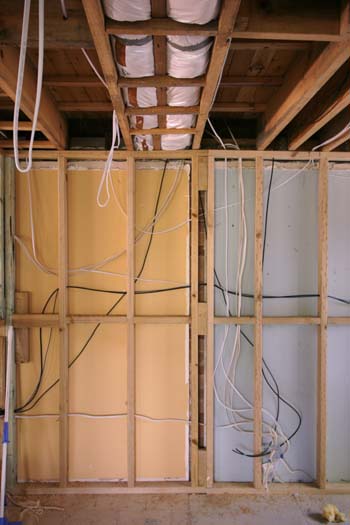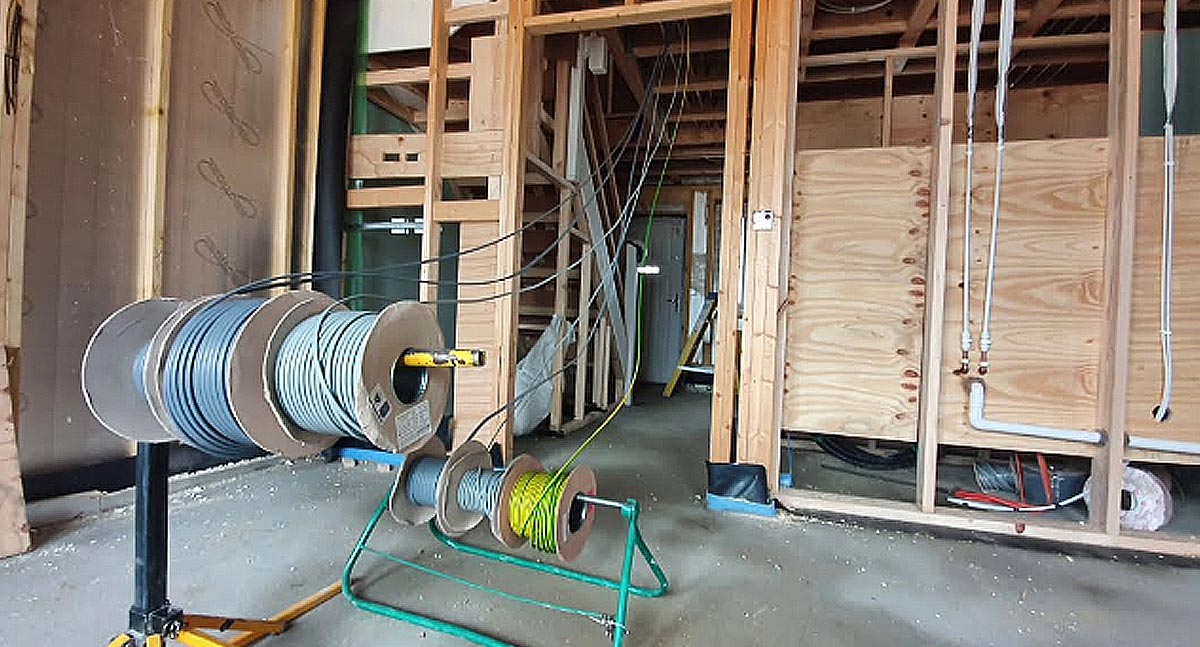Demystifying Electrical Setup: Recognizing Codes and Rules for a Lawful and Safe Setup
In the realm of electrical installation, adherence to codes and guidelines is vital to guarantee both legitimacy and security. The complexities surrounding electrical work can be difficult, but familiarizing oneself with the established requirements is vital to browsing this area with self-confidence. By understanding the complexities of the National Electric Code and neighborhood building regulations, individuals can guarantee that their installments meet required precaution and are in conformity with the regulation. The journey to demystifying electrical setup goes past simple familiarity with laws; it requires an extensive grasp of how to apply safe electric methods effectively.
Significance of Electrical Codes
The adherence to electrical codes is critical in making certain the security and reliability of electric installations. Electric codes offer as a collection of standards and standards that determine the proper design, installation, and maintenance of electric systems. These codes are established to decrease the risk of electrical threats, fires, and other safety and security concerns that may occur from damaged electric work.

Moreover, electric codes are consistently upgraded to include brand-new innovations, finest techniques, and precaution. Remaining updated with these codes is necessary for specialists in the electrical sector to make certain that their job meets the newest safety standards. Ultimately, the importance of electric codes hinges on producing a secure and efficient electrical facilities that benefits both people and areas.
Trick Regulations for Safety And Security
A number of fundamental laws control the security requirements in electric setups. One vital regulation is the National Electric Code (NEC), which offers standards for secure electrical design, installment, and assessment to secure people and building from electric risks. The NEC covers aspects such as wiring approaches, grounding, overcurrent protection, and devices setup to guarantee a secure electric system.
One more vital policy is the Occupational Safety And Security and Wellness Administration (OSHA) criteria, which concentrate on the safety and security of employees associated with electrical setups (BRE Automation Australia). OSHA laws include needs for proper training, safety procedures, and individual safety equipment to stop office crashes and injuries
Additionally, the International Electrotechnical Commission (IEC) requirements aim to integrate electric installment regulations on an international scale. These standards address issues like electrical equipment security, electro-magnetic compatibility, and energy performance to advertise uniformity and safety and security in electrical setups worldwide.
Conformity with these vital laws is important to ensure the safety and security and legality of electrical installations, shielding both people and residential property from the risks related to electrical power.
Understanding National Electric Code
Trick policies such as the National Electrical Code (NEC) provide crucial standards for safe electrical layout, installation, and assessment to make sure the security of individuals and home from electric hazards. The NEC, additionally called NFPA 70, is a detailed set of criteria for electric installations that are updated every 3 years. It is developed by the National Fire Protection Association (NFPA) and is widely taken on across the USA.
The NEC covers numerous aspects of electric job, consisting of electrical wiring techniques, grounding, overcurrent defense, and equipment installation. It aims to safeguard people and residential or commercial property by resolving prospective threats linked with electrical systems. Compliance with the NEC is commonly implemented by local authorities having jurisdiction (AHJs), such as building code officials and assessors.
Comprehending the NEC is essential for electrical specialists, developers, and assessors to guarantee that setups fulfill the needed safety requirements. By sticking to go to this web-site the NEC guidelines, specialists can help avoid electrical accidents and make sure the integrity of electric systems in residential, business, and commercial settings.

Conformity With Neighborhood Building Codes
Understanding and adhering to local building ordinance is necessary for making sure the safety and compliance of electric setups within a details territory (BRE Automation Australia). Local building regulations vary from one town to another, and they are placed in location to safeguard the wellness of occupants and residential properties. These codes outline details demands for electrical setups, such as the kind of electrical wiring to Get More Information be utilized, positioning of outlets, basing techniques, and load abilities. By abiding by local structure codes, electrical contractors can make sure that setups are done correctly and meet the necessary safety criteria.
When it comes to electrical installations, failure to comply with regional structure codes can result in serious repercussions. Non-compliant installations may pose safety and security risks, increase the risk of electric fires, and lead to costly penalties or lawful problems.
Making Certain Safe Electric Practices
Practicing stringent adherence to developed safety methods is important in the area of electric installments to minimize potential threats and ensure the wellness of people and buildings. Safety and security in electrical job includes numerous elements, beginning with the appropriate training of employees entailed in setup, upkeep, and repair. It is necessary to adhere to supplier directions carefully when taking care of electric elements and devices. Before commencing any job, it is imperative to conduct a detailed risk analysis to determine possible threats and execute safety nets. Using individual protective equipment (PPE) such as insulated handwear covers, shatterproof glass, and non-conductive shoes is non-negotiable to secure versus electrical shocks and arc flashes. Routine equipment evaluations, testing, and maintenance schedules are indispensable to discover and fix mistakes before they intensify into safety threats. Moreover, adherence to appropriate lockout-tagout treatments throughout maintenance activities is essential to stop unintentional energization of circuits. By focusing on risk-free practices, electrical installments official site can operate successfully while decreasing the possibility of accidents or damage.
Conclusion
In verdict, adherence to electrical codes and laws is crucial for guaranteeing the security and validity of electric setups. Recognizing the National Electric Code and conformity with local building regulations are important for a secure configuration. By following these standards and exercising safe electric techniques, people can prevent possible risks and make sure the appropriate functioning of their electric systems.